Tiny Black Beetles Baby Tiny Black Beetle "White Band" Florida
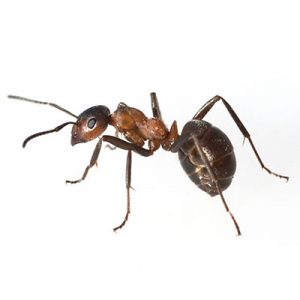
Ants
APPEARANCE AND SIZE FACTS Ants range from the tiny,somewhat harmless Ghost Ant to the fierce Fire Ant that delivers a fiery sting, in which, some people are deathly allergic to. Ants have a three-part segmented body, three pairs of legs They live in a colony with many other individuals of the same species Members of…
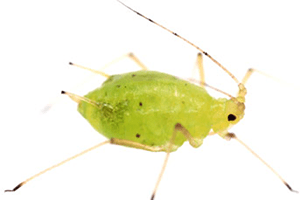
Aphids
Aphids are soft-bodied insects that use their piercing sucking mouth-parts to feed on plant sap. They usually occur in colonies on the undersides of tender terminal growth. Heavily-infested leaves can wilt or turn yellow because of excessive sap removal. While the plant may look bad, aphid feeding generally will not seriously harm healthy, established trees…
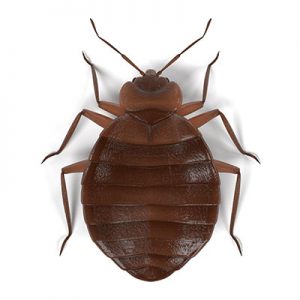
Bed Bugs
Bed bugs are reddish brown in color and are wingless. Roughly oval in shape and become swollen after feeding on blood. Bed bugs are (thin), and this means that they can hide in narrow cracks and crevices They are fast runners. Size: Approximately 3/16 inch long
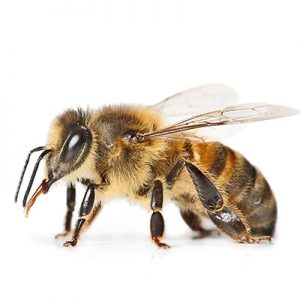
Bees
Size: 1/2 inch to 1 inch long Bee colonies are the most evident sign of infestation. Bees will die after they sting, leaving their stinger and venom sacs attached. …
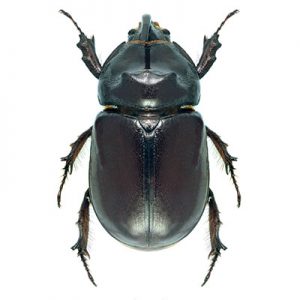
Beetles
Beetles are the largest orders of insects (Order Coleoptera), with 300,000 and 450,000 described beetles on the planet. Consist of roughly 40% of all insects and approximately 30% of all animals on the planet. Pantry Pests or Stored-Product Pests are the most common beetles and infest these areas and feed on the foods we usually…
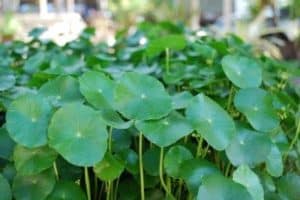
Broadleaf Weeds
It's weed season year-round in SW Florida due to our unpredictable weather. They compete with our good grasses and make our lawns to awful. Broadleaf weeds, like Dollarweed, are caused by too much water, whether from our sprinklers or excessive rains. Other weed seeds are just waiting in the soil for the right conditions to…
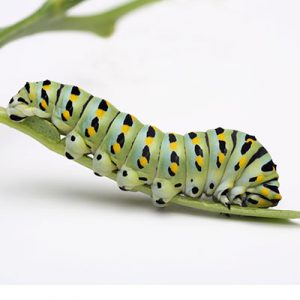
Caterpillars/Worms
Caterpillars come in many different sizes and colors. They feed on our plants, like the Bougainvillea Caterpillars, and our lawns like Sod Webworm and Armyworm. Many caterpillars only feed at night, resting during the day, unseen. Some caterpillars can even sting,like the Saddle Back Caterpillar, causing excruciating pain and health problems.
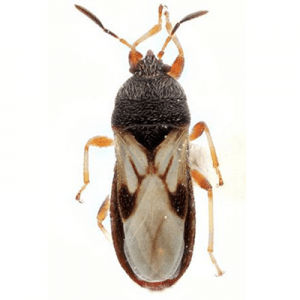
Chinch Bugs
A Chinch Bug is an insect which grows to about one-third inch in length. Young Chinch Bugs are called nymphs. These nymphs are about the size of a pinhead with a bright orange color and a white band across their back. Adults are black with white wings on their back. Chinch Bugs damage St. Augustine…
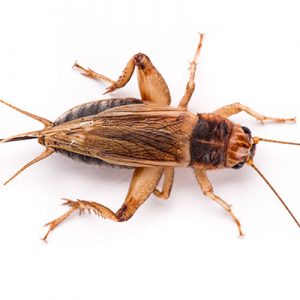
Crickets
Crickets are an occasional home invader and common in the landscape. These small, jumping insects are members of several different species, but the most commonly encountered are field crickets (Gryllus species) and house crickets (Acheta domesticus). House crickets have been living side by side with humans for generations. Mole Crickets often damage our lawns by…
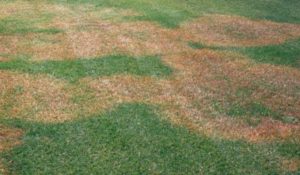
Disease/Fungus
Believe it or not, Diseases/Fungus are pests too. They cause great damage to our grasses and landscape plants. Disease is usually caused by TOO MUCH MOISTURE. Too much water causes a rotting effect on plants. In SW Florida, combining rains, humidity and the irrigation on our properties is a perfect recipe for diseases to propagate. There…
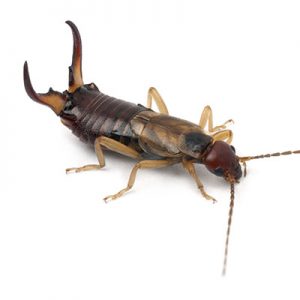
Earwigs
With over 2,000 different species, it can be hard to tell one species from another. You can recognize earwigs by their forceps pincers which are connected to the earwig's abdomen. Earwig's pincers look very intimidating, although they don't cause physical harm to us. Earwigs use their pincers to catch and eat other bugs, making them…
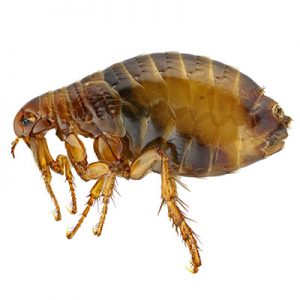
Fleas
Redish – Brown in color. They are parasites that feed off of blood, both human and animal, by piercing the skin from the outside and sucking blood. Fleas are wingless, dark colored bugs that range in size from 1/16 to 1/8 inch. Because they do not have wings, fleas travel from hosts by hopping. They…
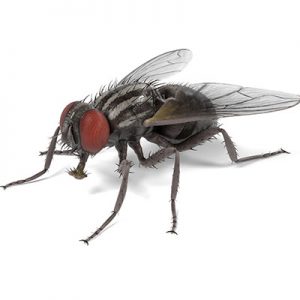
Flies
Flies are a significant problem because they can live in diverse conditions and carry diseases into homes. Insect order Diptera, which means to "two wings" Roughly 17,000 species of flies in North America alone. Easily distinguished from other insects because they have only 1 pair of normal wings True flies, such as the house fly,…
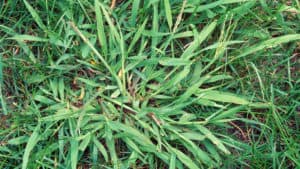
Grassy Weeds
Did you know weeds are pests too? Unfortunately, grassy weeds are a part of our SW Florida landscape. Seeds lie and wait for the right conditions to germinate. These conditions may include weather, timing, turf stress, etc… Some grassy weeds, like Sedge, can be controlled with a weed program from Well's Termite & Pest Control.…
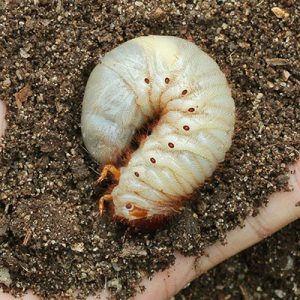
Grubs
Grubs can severely damage a lawn by devouring its grass roots; They are the "C" shaped larvae of beetles; Size: Range from 3/4 inch to almost 2 inches in length They feed on the root system of turf during spring and fall months; Grubs are the small pale white larvae of beetles that develop in…
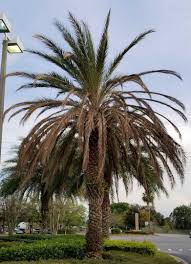
Lethal Bronzing
Lethal Bronzing, previously called Texas Phoenix Palm Decline, is a relatively new bacterial disease (called a phytoplasma) that is causing significant palm losses in Florida. Symptoms are similar to lethal yellowing, but affect a much smaller number of palm species. The damaged vascular system of the palm leads to wilting, and eventually death. Affected species include Sabal…
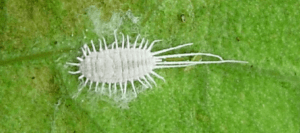
MealyBugs
Mealybugs are insects in the family Pseudococcidae, unarmored scale insects found in moist, warm climates. Many species are considered pests as they feed on plant juices of greenhouse plants, house plants and subtropical trees and also act as a vector for several plant diseases. Mealybugs are sexually dimorphic: females appear as nymphs, exhibiting reduced morphology,…
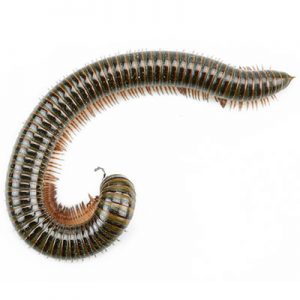
Millipedes
Brownish-black with shades of orange, red, or brown. Normally live outdoors Feed on damp decaying vegetation Commonly invade homes Often found nesting in mulch Cylindrical in shape Most have two pairs of legs per body segment, except for the first three segments which have only one pair of legs Their short legs ripple in waves…
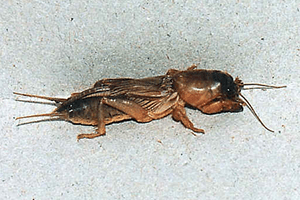
Mole Crickets
Invasive mole crickets are a serious plant pest for many Floridians. These insects can do major damage to any species of turfgrass, as well as to pastures, forage crops, and vegetables. WHAT ARE MOLE CRICKETS? Mole crickets are a unique and unusual family of crickets that spend most of their life underground and have modified…
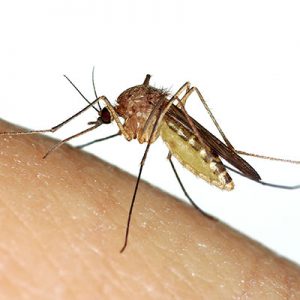
Mosquitos
Mosquitoes are common pests that are found in many areas of the world. There are over 3,000 different species throughout the world with 176 of these species found in the United States. Mosquitoes range in size but do not usually grow to be longer than .6 in. They have thin bodies made up of three…
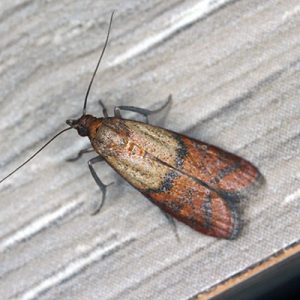
Moths
Moths commonly find their way into our homes via our shopping habits. Moths are insects that can cause damage to our foods, grains, stored products, clothing and other fabrics. They often invade our pantries looking for a food source. Storing your food in tight plastic containers can help control these annoying pests.
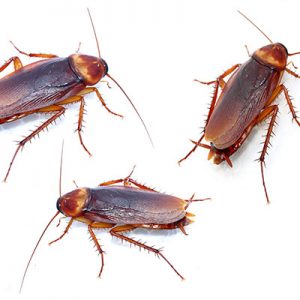
Roaches
There are nearly 70 different cockroach species found in the United States. Some species invade human dwellings and are considered pests. Roaches vary in color from a brown to black. Tropical species can be green, orange, and other colors. These insects can grow up to 1.5 inches in length and prefer warm, moist, and dark…
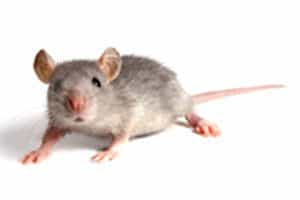
Rodents
Rats and mice are important rodent pests entering Florida homes and warehouses for food and harborage. These rodents eat any kind of food that people eat. They also contaminate 10 times as much food as they eat, with urine, droppings and hair. They can carry at least 10 different kinds of diseases including Bubonic Plague,…
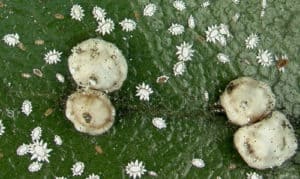
Scale Insects
Scale insects are a diverse group of piercing-sucking pests (Hemiptera) commonly found on ornamental plants in landscapes and nurseries. They are small, inconspicuous insects which use hair-like mouth-parts to remove and consume plant sap from leaves or branches. There are over 180 species of scale insects in Florida, but only a small percentage are important…
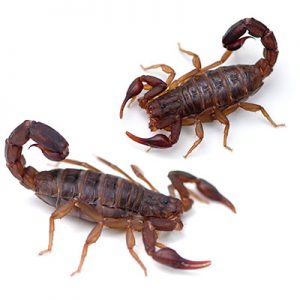
Scorpions
Lives outdoors under loose wood or crumbing stone foundations Attracted by moisture – primarily nocturnal Will follow insects into the home Young carried on back of female Scorpions are nocturnal and remain hidden in cracks and crevices over 90% of the time. The presence of scorpions is usually a sign of an infestation of other…
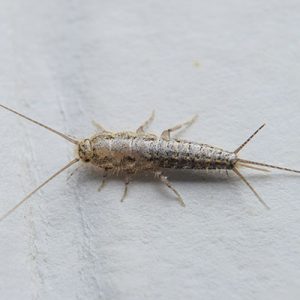
Silverfish
Silverfish are wingless teardrop-shaped insects that are generally soft bodied. They are flattened from top to bottom, elongated and oval in shape, have three long tail-like projections at the end of the abdomen, and two long antennae. Silverfish measure 1/2 to 3/4 inches in length. They are white to brown-grey or bluish-silver in color with…
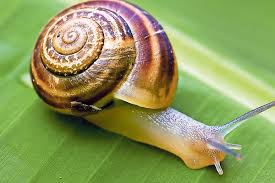
Snails & Slugs
Slugs and snails plague gardeners worldwide. Just when long-awaited leaves and tender edibles spring forth, these night-roving pests sneak in. Damaged seedlings, hole-riddled plants and slimy trails of telltale mucus are sure signs that slugs or snails have been in your lawn and garden. By understanding what you're up against, you can protect your plants…
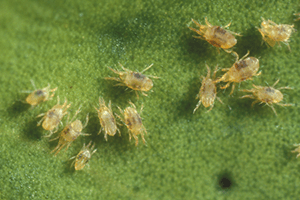
Spider Mites
Spider mites are pests that can normally be found on common household plants. They like indoor plants and outdoor plants. Just like their name implies, they are a type of arachnid or spider. They are extremely small and can often be difficult to see with the human eye. Some reports state they are as small…
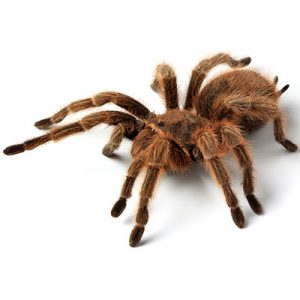
Spiders
Spiders are perhaps the most feared pest There are large and hairy spiders, such as the wolf spider Other spider species are smaller and shiny, such as the black widow spider. Spiders have eight legs, and most have eight eyes Spiders do not have ears; instead they feel the sound vibrations with tiny hairs on…
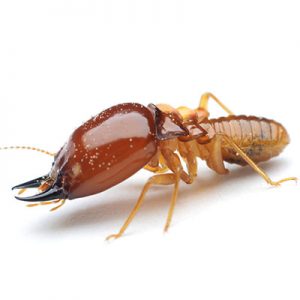
Termites
Termites usually are cryptic, meaning that they don't come out into the open making them difficult to detect. They are often called the "silent destroyer" because they may be secretly hiding and thriving in your home or yard without any immediate signs of damage. Even when they are visible within the home as flying insects,…
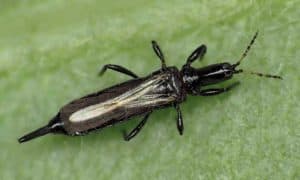
Thrips
Thrips are are tiny insects that often go undetected but can cause serious problems in the garden. Both larval and adult thrips feed using a "punch and suck" technique. They can feed on leaves, buds, flowers, and even small fruit. Leaves infested with thrips dry out and have a stippled or silver-flecked appearance. You may…
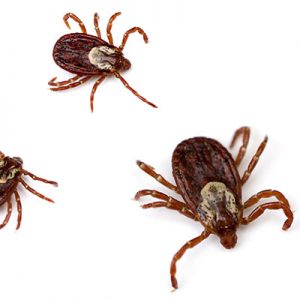
Ticks
Ticks have four pairs of legs as adults and no antennae Vary in color by species Size: Adult ticks range in size from 1/8 inch to 5/8 inch in length. Ticks are parasitic insects that survive by taking blood from mammals, birds and reptiles. Ticks are pests that many pet owners are familiar with because…
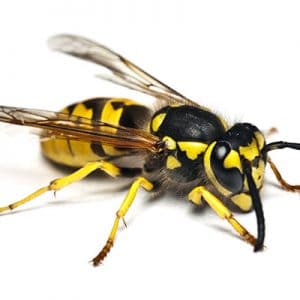
Wasps
Wasps are generally 1 to 2 inches long, slender, narrow-waisted with long legs Usually reddish-orange to brown or black in color Smooth-skinned and shiny Wasps can sting repeatedly and will often do so if they feel threatened or if they are defending their nest, unlike bees Only attack humans when provoked Only females have the…
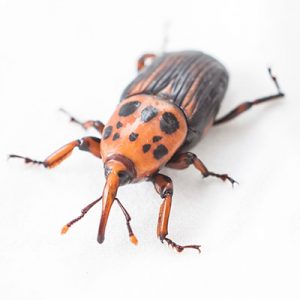
Weevils
Weevils are another "stored product" pest. They invade our pantries and wreak havoc on our grains and rice products. Storing these products in tightly sealed containers can help eliminate these pests. Discard any foods that are found to be infested. Some weevils, like the Palmetto Weevil, infect our landscape.
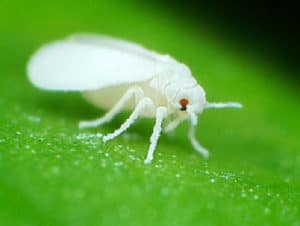
Whitefly (Including Rugose Spiraling & Ficus)
Whiteflies are a common pest of many ornamental plants throughout Florida and the world. There are more than 1,500 species worldwide and over 75 reported in Florida. Some of the most important species in Florida are the ficus whitefly, and the citrus whitefly. Although infestation does not always require treatment, it is important to be…
Tiny Black Beetles Baby Tiny Black Beetle "White Band" Florida
Source: https://wellspestcontrol.net/pest-library/
0 Response to "Tiny Black Beetles Baby Tiny Black Beetle "White Band" Florida"
Post a Comment